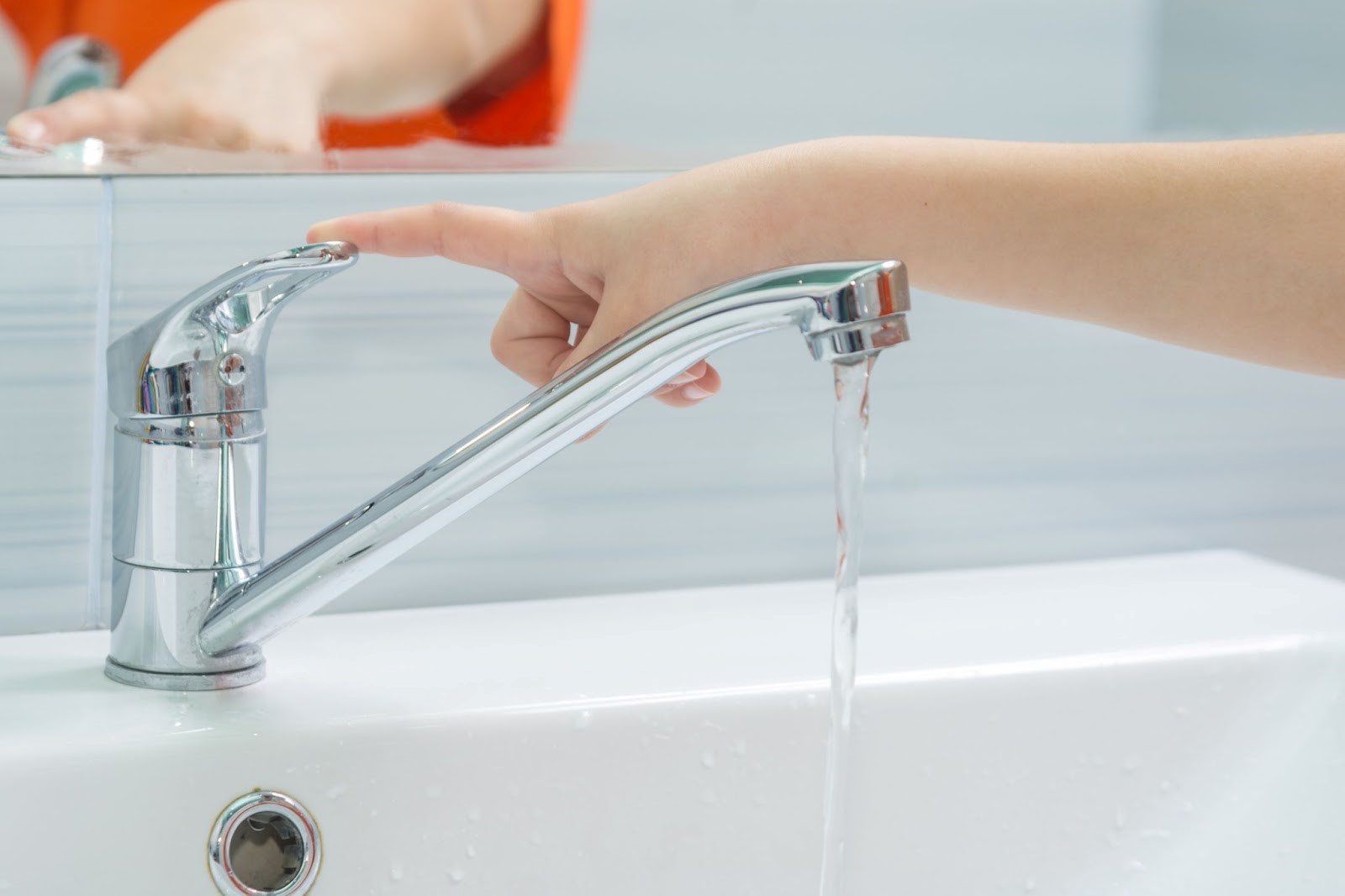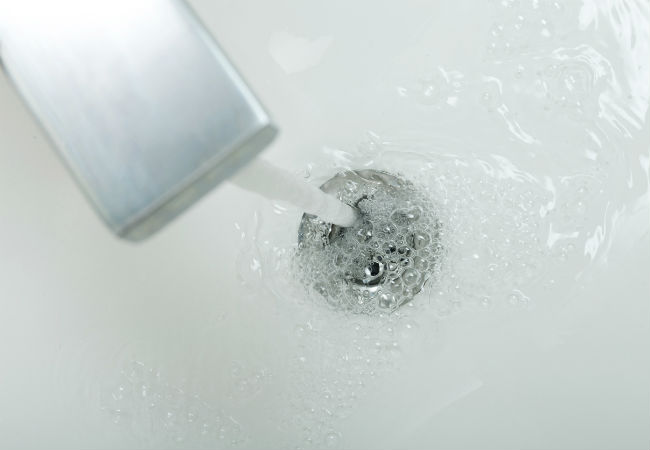Are you trying to find answers concerning Solved! How to Fix a Slow Sink Drain?

Introduction
We have actually all been there: You're brushing your teeth or cleaning your hands, and you discover the water merging in the sink. Rather than promptly swirling down the tubes, it sticks around, turning your once-refreshing early morning routine right into a small swamp scene. A slow-draining sink isn't simply bothersome; it's often an indication of bigger plumbing problems prowling below the surface area. The good news is that most slow-draining sinks can be fixed with a little knowledge, a couple of basic devices, and some persistence. Prepared to tackle this task head-on? Allow's roll up our sleeves and dive right in.
Understanding the Root Causes Of a Slow-Draining Sink
Before you begin poking around in your pipes, it aids to understand what may be creating the stagnation. Understanding the root cause makes it much easier to pick the best solution.
Devices and Materials You'll Require
The right devices make all the difference. Thankfully, you will not need a fully equipped plumbing's van to do the job.
Step-by-Step Guide to Fixing a Slow-Draining Sink
Currently, let's enter the nitty-gritty. This step-by-step process will certainly guide you with simple methods to recover your sink's drainage.
Step 1: Eliminate and Tidy the Stopper
Typically, the stopper (that tiny plug you push down to obstruct water) is the very first perpetrator. Remove it carefully and clean off any type of hair or crud entraped around its base. Rinse it extensively prior to placing it back in position.
Step 2: Utilize a Bettor to Remove Debris
Got that plunger prepared? Position it over the drainpipe and offer it a couple of company pumps. The idea is to create suction that can loosen up any kind of clog. If you see littles particles floating up, you're on the ideal track.
Step 3: Try a Drainpipe Serpent or Wire Hanger
If the plunger doesn't suffice, it's time to draw out the drain serpent. Carefully feed it right into the drain and spin as you go. You may feel some resistance-- that's most likely the blockage. Keep turning and pulling until you remove the blockage. If you don't have a drain snake, a corrected the alignment of cord wall mount can operate in a pinch.
Tip 4: Apply a Do It Yourself Drainpipe Cleanser
A natural cleaner made from baking soft drink and vinegar can break down residual gunk. Put half a mug of baking soda right into the drainpipe, followed by half a cup of vinegar. Allow it fizz for about 15 minutes, then flush with warm water. This chain reaction frequently does wonders for minor obstructions.
Step 5: Rebuild and Test the Sink
Put every little thing back with each other and run the faucet. Does the water now swirl down the tubes at a respectable speed? If yes, give yourself a pat on the back. Otherwise, do not misery-- there are still a few more tricks up your sleeve.
Important Devices for Do It Yourself Services
A plunger is your go-to starting point. A little, sink-sized plunger develops suction that can remove small blockages. For even more relentless obstructions, a drain snake (sometimes called a plumber's auger) functions wonders. A set of gloves, a flashlight, and possibly a pair of safety safety glasses are also helpful.
Suggested Cleaning Solutions
Light meal soap and warm water can assist break down greasy accumulation. A blend of baking soft drink and vinegar is a time-tested natural remedy, and enzymatic cleansers provide an even more environment-friendly method. Maintain chemical drain cleansers as a last resort, as they can be extreme on your pipelines.
Usual Wrongdoers Behind Slow Drain
So, what's obstructing things up? Usually, it's a combination of day-to-day debris-- assume hair, soap scum, tooth paste residue, and remaining food particles. With time, these little bits gather and cling to the pipe walls, progressively tightening the flow and making it harder for water to travel through. Sometimes, natural resource from tough water can additionally include in the substance, creating the perfect tornado for persistent clogs.
When is it Time to Do Something About It?
If you observe the water draining slower than normal, it's a good concept to interfere earlier as opposed to later. Waiting too long can lead to finish blockages, undesirable odors, and even pipeline damages. If the water takes more than a few secs to clear out after shutting off the faucet, consider it a warning and prepare to place on your do it yourself hat.
Safety First: Preventative Measures and Prep work
Before you launch into unclogging mode, think about safety. You're taking care of potentially dirty water and debris, so slip on a pair of handwear covers. If you're utilizing chemical cleansers, ensure the area is well-ventilated and follow the instructions on the label.
Protective Gear and Workspace Arrangement
Put down some old towels or rags around the sink location to capture sprinkles. Remove any things that might enter your method, like soap dispensers or tooth brush owners. Make sure you have excellent lights-- order a flashlight if needed.
Alternative Methods for Stubborn Clogs
Not all obstructions are developed equal. If your sink still declines to comply, think about these alternative options.
Baking Soda and Vinegar Approach
We currently discussed this, however it deserves noting once more. This mild, environment-friendly technique is more secure than chemical cleansers and typically rather reliable.
Chemical Drainpipe Cleaners
Enzyme-based cleaners utilize natural bacteria to digest organic matter. They're a superb selection if you're looking to stay clear of rough chemicals. Simply keep in mind, they may take a bit longer to function their magic.
Chemical Drainpipe Cleansers: Advantages And Disadvantages
Chemical cleansers can blast via hard clogs quickly, but they're not without downsides. They can create warm and fumes, damages pipelines if made use of excessively, and position environmental dangers. Use them moderately, and constantly adhere to the instructions very carefully.
Preventive Measures to Maintain Your Sink Flowing
Prevention is the best remedy. By adopting a few basic practices, you can maintain your sink from reducing to begin with.
Regular Cleaning Practices
Wipe down the sink container and component location frequently. Eliminate hair or food bits before they have a possibility to wash down the drainpipe.
Staying Clear Of Harmful Substances Away
Reconsider prior to unloading coffee grounds, oil, or coarse vegetable scraps down the sink. These culprits cling to pipeline walls, producing obstructions with time.
Routine Maintenance Checks
Schedule a quick regular monthly assessment. Run warm water through the sink for a couple of mins, taking note of the flow. If it appears slow-moving, act quick before it comes to be a full-on obstruction.
When to Call an Expert Plumbing
Sometimes, regardless of just how difficult you attempt, that clog just will not budge. That's when it's time to bring in the pros.
Indications That Suggest an Extra Serious Problem
If your sink drains pipes gradually despite multiple efforts, or if you see water backing up in other fixtures (like your shower or bathroom), you might have an extra major pipes concern prowling deeper in the system.
Stabilizing Do It Yourself Initiatives with Specialist Aid
While DIY can save you cash and use a sense of achievement, there's no embarassment in calling a specialist. A specialist plumbing technician can examine your entire plumbing configuration, ensuring there's no underlying damage or long-lasting issue that might cost you extra later on.
Comparing Prices and Long-Term Solutions
Before making a decision, consider the big picture. A low-cost, quick fix might fix the problem momentarily, but purchasing a more long-term remedy could conserve you cash and tension in the future.
Evaluating the Expenditures of DIY vs. Professional Repairs
Do it yourself solutions frequently set you back little bit greater than the price of a plunger or a bottle of cooking soft drink. Professional services, on the other hand, come with a cost yet might stop repetitive issues and expensive repairs later on.
Investing in Top Quality Fixtures and Upgrades
If your sink's style contributes to frequent clogs, it might be worth upgrading to higher-quality components or modifying the plumbing design. Consider this an investment in your home's capability and comfort.
Conclusion
A slow-draining sink can seem like a minor irritation, but it's often an indication that your pipes needs a little tender loving care. By recognizing the origin, utilizing the right devices and methods, and dedicating to simple safety nets, you can maintain your sink moving easily. And when all else falls short, never be reluctant to hire a specialist-- your home's plumbing is worth the financial investment in care and upkeep.
Three Common Ways to Fix a Slow Drain
Baking Soda Method
Boil a full pot of water. Measure out cup of baking soda and pour it down the drain. Then take cup of the magical cleansing substance known as white vinegar and drop that down there too. Allow the mixture to fizz in the drain for five minutes as the vinegar and baking soda combine. Now dump in that whole pot of boiling water. This combination of cleaning substances should clear out anything that is causing your sink to drain slowly. If it doesn t...
Zip-It
If the baking soda method doesn t clear out your drain, it may be because a significant amount of hair and/or other debris has collected there and you need to remove it. Purchase a Zip-It tool at any home improvement or hardware store and insert it into your drain. It will catch any collected hair or debris that s blocking the flow of water. Pull it out. If it s got a big clump of hair, etc. on the end, you ve probably got your culprit.
Drain Cleaner
If these methods don t work, there is the standard drain cleaner that you can also buy in a hardware store or even your local grocery store. It s better if you can use a household solution, but these drain cleaners often work in a pinch. They re very simple to use. You generally just dump them in your drain and wait. If even this method is not effective, it may be time to call the plumber.
https://www.mrrooter.com/oneida/about-us/blog/2017/july/three-common-ways-to-fix-a-slow-drain/

I am just very involved in 4 Tips to Fix a Slow Draining Sink and I really hope you enjoyed our blog post. Remember to take the opportunity to share this blog post if you enjoyed reading it. We treasure reading our article about Three Common Ways to Fix a Slow Drain.
Visit